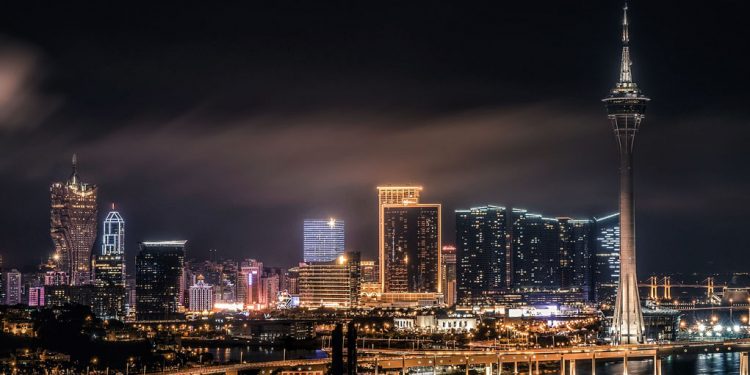The name Macau conjures up images of luxurious hotels, grand casinos, colourful nights and unlimited shopping. That was precisely the picture in our mind when we decided to go on a short trip to Asia’s biggest gambling destination. But, as we found out, there’s more to Macau than just gambling.
Hong Kong is the gateway to Macau, a special administrative region of the People’s Republic of China. Going to Macau and giving Hong Kong a miss might not sound like a wise idea. But having been to Hong Kong earlier, we decided to settle for Macau this time. Three nights are just perfect for making the most of Macau though you will feel like extending your stay for the vibrant nightlife the place offers.
Macau has a small airport and is well connected by air. However, flying from India via Hong Kong allows you to spend some time in one of the biggest airports in the world. Even if you decide to give Hong Kong a miss, the duty-free shopping at the airport during your return journey is a great experience.
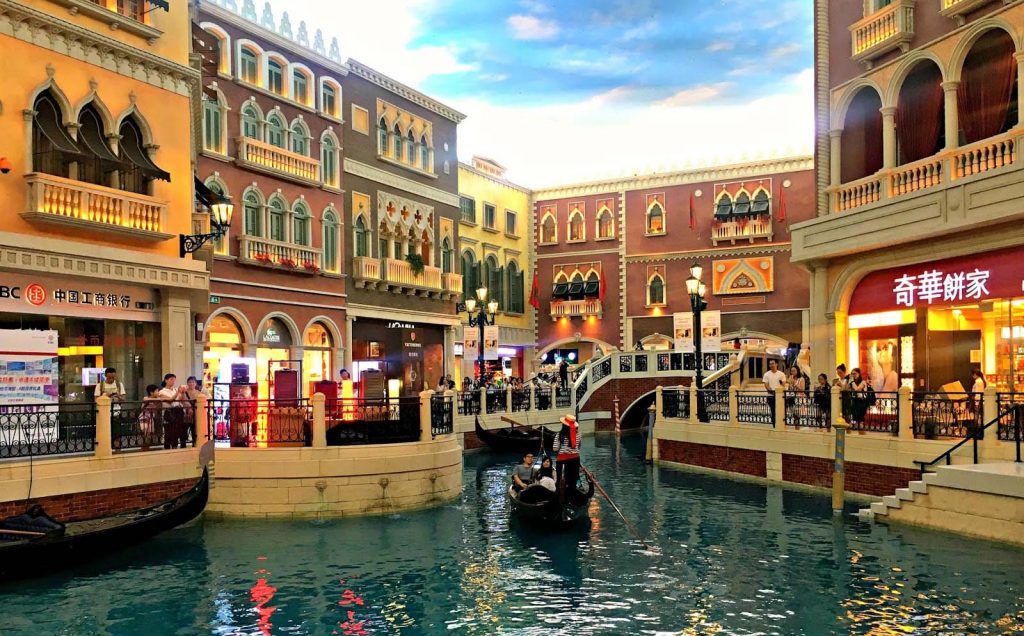
Language isn’t a problem at the Hong Kong airport given that the territory was a British colony till 1997. So, apart from Mandarin and Cantonese, a large part of the population speaks English.
However, Macau has a starkly different culture as it was a Portuguese colony for more than 400 years. It has a culture and identity of its own that lures millions of tourists every year seeking uninterrupted fun. We could sense this change in culture the moment our Cathay Pacific flight touched down in Hong Kong airport.
An hour-long ferry journey from Hong Kong through the Pearl River takes you to Macau Ferry Terminal that adjoins the Macau International Airport. And that’s where our Macau dream tour started.
Macau offers visa-on-arrival for Indians, making the trip a lot easier. A 10-minute drive from the ferry terminal took us to the Cotai Strip, the entertainment hub of Macau. We stayed at the Venetian Macau, owned by the Las Vegas Sands, which is home to the world’s biggest casino with 953 tables. The Venetian Macau and the Sands Cotai Central is a city within a city and, to be honest, one doesn’t really need to step out of the resort to hunt for additional sources of entertainment. But we had already made a list of things to do and didn’t want to miss out on the fun.
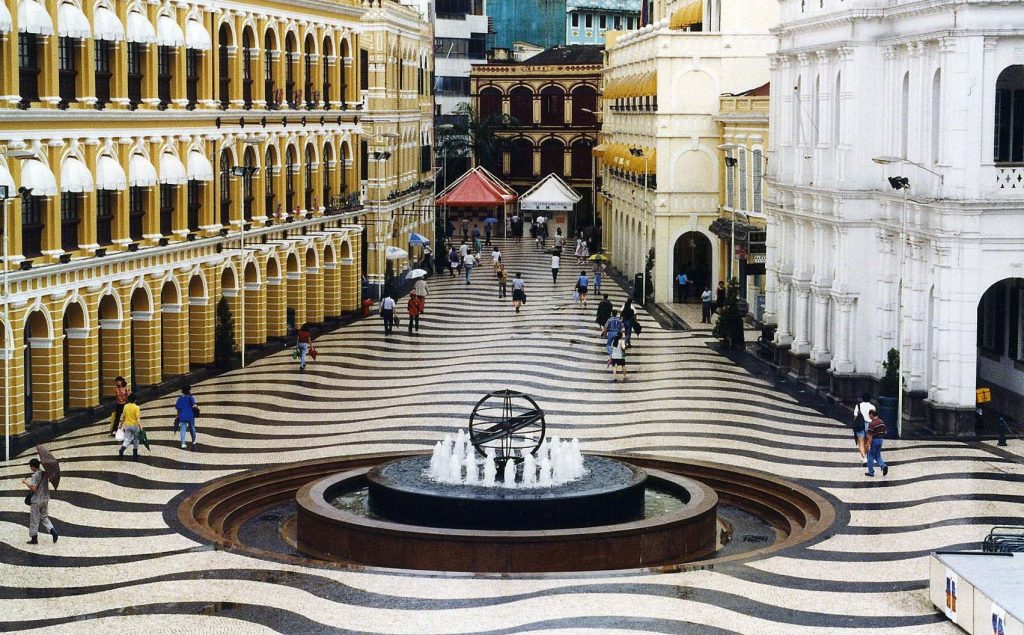
Unlike Hong Kong, Macau gained prominence on the world tourism map only a few years ago. Given that it was a Portuguese colony, Macau is a melting pot of two cultures — Portuguese and Chinese (Cantonese and Mandarin). And with the recent dominance of a typical Western culture, Macau looks strangely different. The days are laid back with a typical silence dominating the atmosphere, giving way to colourful and rousing evenings.
We started the day with a hearty breakfast at the hotel and set out for a trip around the city. We hopped into one of the buses from City of Dreams that goes to the central business district of Macau. There’s a tie-up among the hotels in the Cotai Strip and you can avail the complimentary bus service offered by any of them.
As the bus started moving, we found ourselves surrounded by some of the world’s biggest hotels. A 15-minute drive took us to a completely different place. The Macau Tower Convention and Entertainment Centre is certainly one of the biggest attractions. The city looked even more magnificent as we took an aerial view from the top of the tower. And if you are in a mood for something more adventurous, go bungee jumping.
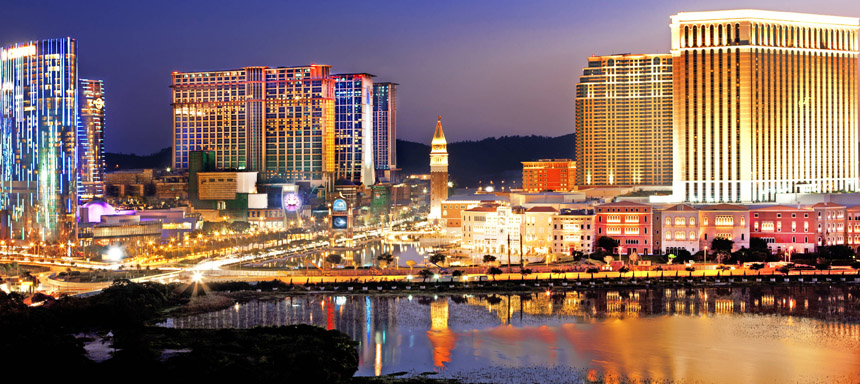
Our next stop was A-Ma Temple built during the Ming Dynasty in 1488. The temple has a rich history. Around 400 years ago, the Portuguese landed in Macau, close to the temple. They asked the locals the name of the place. The locals thought that the Portuguese wanted to know the name of the temple. So they said ‘Ma Ge.’ Later, the Portuguese adopted the name ‘Macau’ to refer to the city. So, Macau is neither an English name nor Portuguese, but Cantonese.
The temple, although very small, is a Chinese architectural marvel. You can offer prayers by igniting one of the traditional Chinese incense sticks and also carry a set back home, as it makes for a unique souvenir. The atmosphere is tranquil and peaceful.
A short walk away is the central business district and the famous Senado Square. The Square has been Macau’s urban centre for centuries and is a popular venue for celebrations. It is paved with wave-patterned mosaic-coloured stones laid by the Portuguese. You will suddenly feel that you are in the middle of a European street. The Ruins of Saint Paul’s is perhaps the most significant symbol of Portuguese influence in Macau.
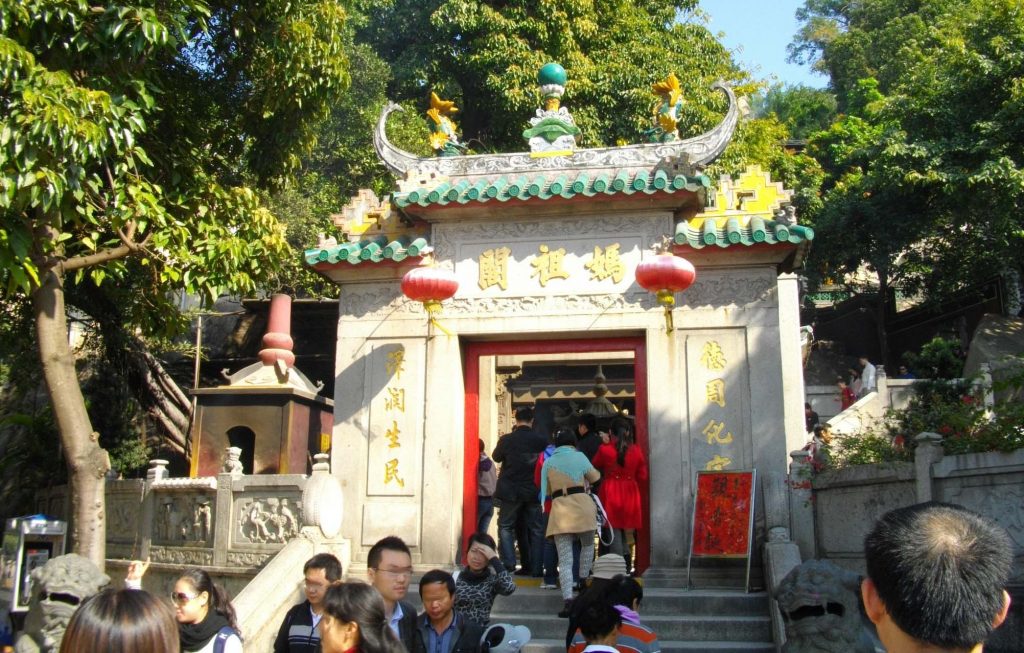
The Senado Square is also a paradise for shopaholics. From local electronic gadgets and souvenirs to high-street fashion brands, every shop in Macau competes with the other. Browsing through the shops took almost our entire day, and by the time we were back at the hotel, it was twilight and the hotel façade looked completely different.
The Cotai Strip looks like a ball of fire at night. Over the last few years, Macau has transformed as Asia’s gambling hub. The Cotai Strip is home to some of the most luxurious hotels with gambling being the star attraction. The elegantly lit streets and hotels give you the feel of being in Las Vegas. The Venetian Macau, the Sand Cotai Central comprising Holiday Inn, Sheraton, the Plaza Macao and Four Seasons, and other big hotels such as City of Dreams, Crown, Hard Rock Hotel and Galaxy offer unlimited fun.
The best way to start the evening is by hopping into one of the casinos. If you believe in luck, don’t hesitate to gamble, but do so responsibly. The nights in Macau are long and fun-filled.
The next morning, we took a cab and went to Taipa Village, a small shopping destination with a strong Portuguese influence. The Taipa Museum is a must visit. Portuguese-style houses and rickshaws are many in this village. A visit to Taipa Village is incomplete if you don’t try out the local food. Macau is famous for the traditional Portuguese egg tarts, almond cookies and pork chop buns. A good way to spend an afternoon is having a drink at one of the pubs in the Village.
If you don’t fancy egg tarts, then maybe you could try the dried meat. It’s actually one of the hard-to-avoid things when in Macau. So much so, the vendors standing in front of their shops will keep encouraging you to try a slice. They don’t mind cutting a piece of the dried meat with a pair of scissors, and you can continue sampling the different flavours.
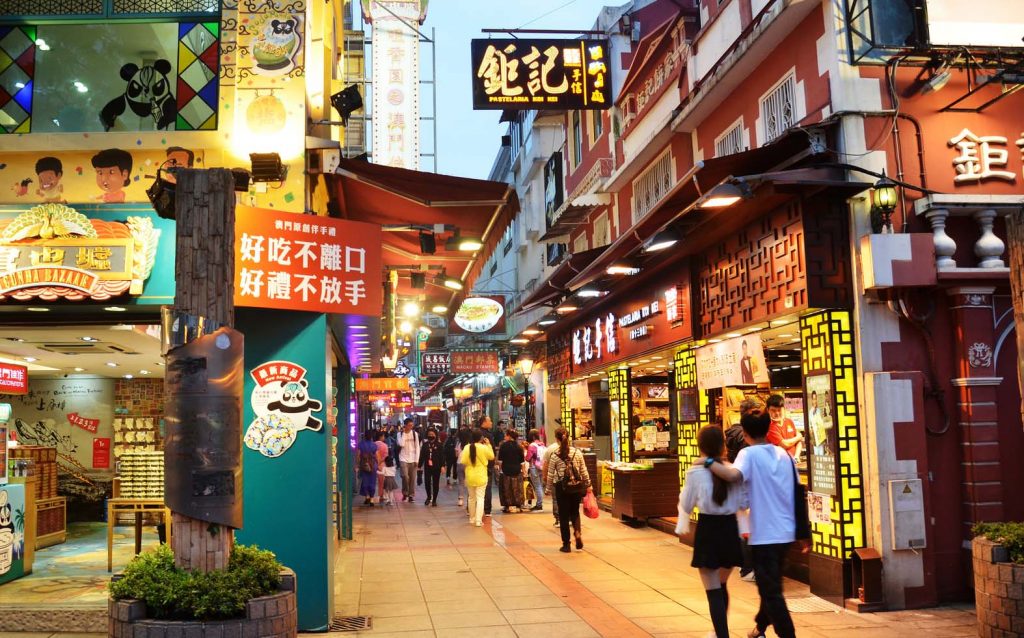
We decided to spend the evening at hotels and casinos. You can drop in at any of the hotels and try out traditional Chinese cuisine. Food isn’t a problem as Macau has ample restaurants serving continental and Indian cuisine.
We had bigger plans for the next day. One of the prime attractions of the city is the Venetian Macau. But the bigger attraction is the gondola ride on the second floor of the hotel. The moment you step onto the second floor, you are transported to a different world. From the ceiling to the walkways, for a moment you will feel you are standing in a Venice street. And to make things more authentic, there’s an artificial canal that runs through the floor with gondolas floating on it. The gondola ride is a hugely enjoyable experience.
If gambling is one of Macau’s attractions, shopping is the other. The Venetian Macau Resort Hotel, the Plaza Macau and Sands Cotai Central (Conrad, Sheraton and Holiday Inn) house more than 600 duty-free shops. However, the Hong Kong airport is equally good for last-minute shopping. When our trip came to an end, it still seemed that there were so many things left to be done. Maybe next time!
RITUJAAY GHOSH, OP

